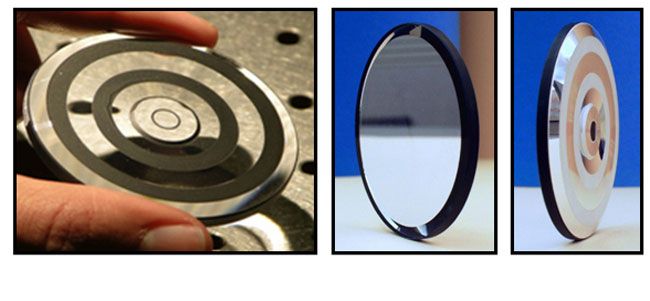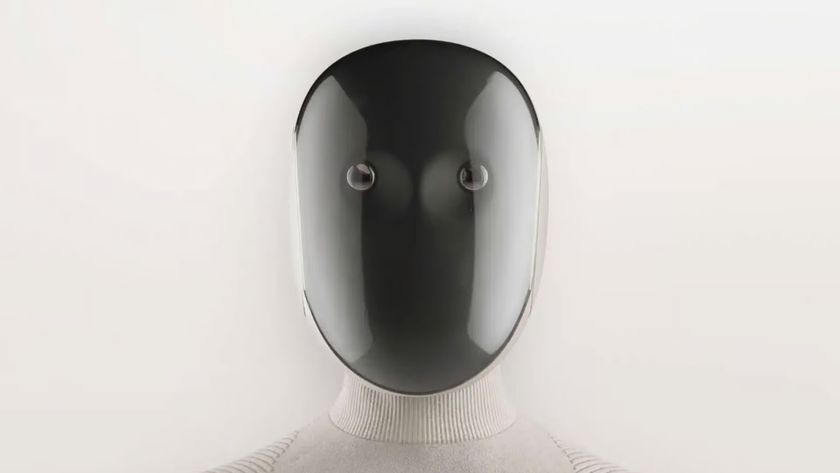Origami Optics Promise Better Spy Cameras

The cameras in cell phones and robot spy planes could become more powerful by using optics folded like origami, researchers report.
To zoom in on distant objects, professional cameras use telephoto lenses. These conventionally must be super long ?to bend and focus light. Since cell phones are small, they can only use digital zoom, leading to images "that are blurry, dark and low contrast," explained researcher Joseph Ford, an optical engineer at the University of California at San Diego.
To make cameras thin and still capable of taking quality pictures, doctoral candidate Eric Tremblay at the University of California at San Diego, along with Ford and their colleagues, are replacing traditional lenses with inventions dubbed "folded optics."
"Traditional camera lenses are typically made up of many different lens elements that work together to provide a sharp, high quality image," Tremblay said. "Here we did much the same thing, but the elements are concentric mirrors folded on top of one another to reduce the thickness of the optic."
The researchers partnered with Champaign, Ill.-based company Distant Focus to create imagers using folded optics. The new folded system is a single transparent five-millimeter-thick calcium fluoride crystal disk with concentric reflective surfaces cut into it using diamond tips.
"Our imager is about seven times more powerful than a conventional lens of the same depth," Tremblay said.
The researchers found they could produce images with resolution, color and image quality very similar to ones from a commercial six-megapixel digital camera using more bulky standard optics.
Sign up for the Live Science daily newsletter now
Get the world’s most fascinating discoveries delivered straight to your inbox.
"When all is said and done, our camera will look a lot like a lens cap that can be focused and used as a regular camera," said Ford.
Their prototype folded optics could help a cell-phone camera focus on objects four to eight times more distant than their current maximum, Ford told LiveScience, while providing at least 10 times more light and thus higher quality images.
Ford noted that these folded optics provide less resolution and detail than professional telephoto lenses, but can still provide more than enough detail for the detectors used in current digital cameras.
However, as digital cameras grow even higher in resolution, they will need more detail than current folded optics can provide, "and lenses will have to be bigger or more complicated again," Ford said.
Tremblay, Ford and their colleagues reported their findings in the Feb. 1 issue of the journal Applied Optics.













